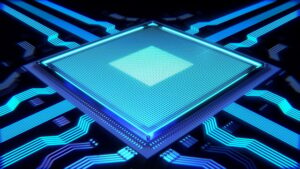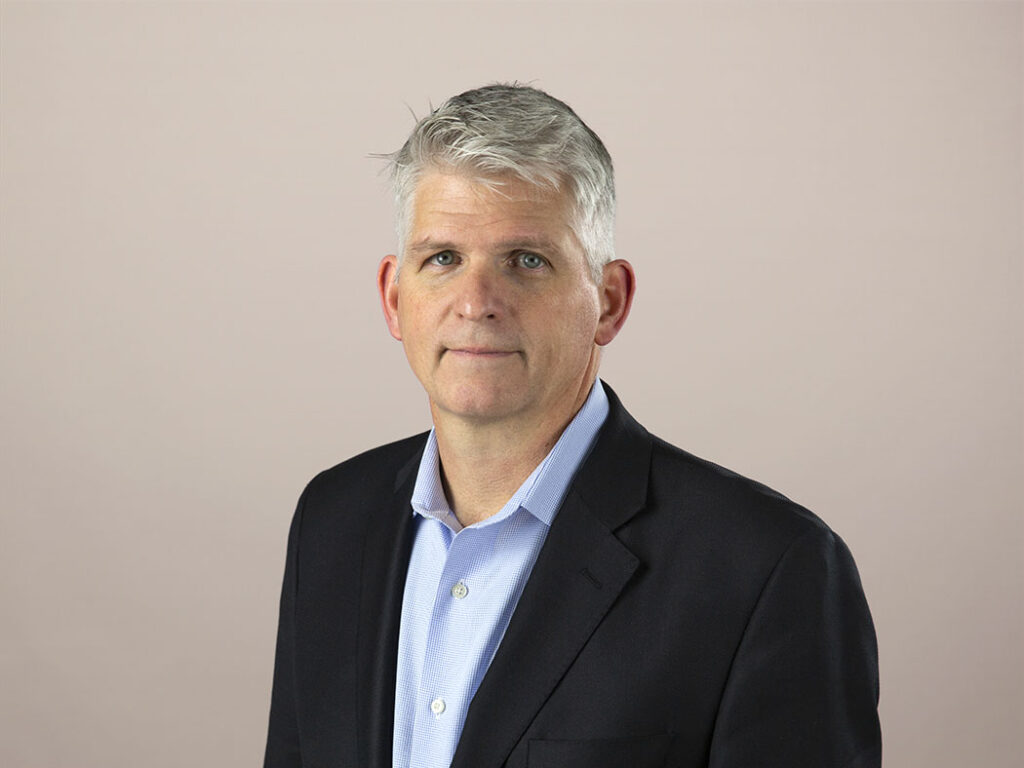At Its Innovation 2023 Event, Intel Is Focused On AI Developers

I attended the first day of the Intel Innovation 2023 developer’s conference to see how this venerable Silicon Valley giant was responding to AI and competitive pressure. What I found was a comeback story in progress, wrapped in a very heavy dose of AI, led by its dynamic CEO Pat Gelsinger.
Intel hopes that AI will be its comeback moment, and it sees an emerging class of AI developers who will help it. Gelsinger and co. might be right, but they have a steep hill to climb. While I saw a lot to like, we did find a few misses, and an over-salting of AI that obscured some of Intel’s most important strategies. Let’s break it down.
Intel Has Responded Aggressively To Competitive Pressure
Competitive pressures are not letting up. For example, AMD’s Ryzen and EPYC CPUs are challenging Intel in various computing segments. Arm’s efficient designs are now entering the PC market, with Apple’s M1 and M2 chips as prime examples. Microsoft is pressing ahead with its own chips, as well. NVIDIA, beyond its GPU dominance, is venturing into AI and general computing. TSMC and Samsung are advancing rapidly in their manufacturing technologies, while Intel’s own manufacturing delays contrast with competitors’ quicker advancements using third-party foundries. Additionally, niche chipmakers targeting specialized areas such as IoT are fragmenting the broad-based market that Intel once dominated. Beyond these long-term trends, Intel also faces immediate headwinds due to the post-pandemic PC hangover and declining near-term data center revenues.
A few years ago, I would not have bet on Intel’s comeback. It needed to do something big, and it did in 2021 by installing Pat at the helm, reversing its trajectory. Since that time, it dramatically increased R&D investments and split its manufacturing and design businesses. It also embraced competitors by forging relationships with the likes of Arm, NVIDIA, and TSMC. Finally, it embraced financial discipline, shed business units, and tripled down on scaling fabrication and better chips, packaging, and software.
Intel Hopes That New “AI Developers” Will Fall In Love With Its Technology
This year’s conference unveiled a new, subtle strategy: a focus on emerging consumer-oriented AI developers. Intel hopes that these new coders will follow the same trajectory that web developers did in the 2000s when they learned simple HTML, then progressed into more advanced languages. Its main-stage demonstrations focused on cool startups trying to make it with innovative consumer-oriented applications that feature advanced AI processing power, but missing were enterprise solutions in healthcare, financial services, or manufacturing, for example. While I found this odd, it makes sense, considering its strategy.
In support of its AI developer emphasis, Intel showed off many capabilities, including:
- Plenty of AI accelerators. Intel coined the term AI PCs for desktop and laptop computers with AI neural processing units as part of its Meteor Lake chip release in December. Expect to see these PCs in 2024. On the server side, it highlighted its Gaudi 3 GPU processor as a direct competitor to NVIDIA. It also spent time on Xeon improvements and discussing chiplets, a packaging technology for three-dimensional silicon construction. This technology hopes to support custom-packaged 3D silicon for an expanding ecosystem of specialized AI processing applications.
- Developer Cloud. Intel continued to tout its Developer Cloud as a resource where clients can test out its latest hardware and software, including all its AI support technology. I think this is a great and differentiating resource for the company.
- Edge software, innovation, and collaboration. Intel sees the edge as an unbounded opportunity (as we do) and is featuring OpenVINO software for deploying machine learning everywhere. Not surprisingly, Intel’s edge and networking are its fastest-growing business units.
Intel’s AI Barrage Obscured Some Of Its Most Important Strategies
Like most other high-technology firms today, Intel sees AI as a gold mine. It was difficult for me, however, to see through all the AI hoopla to the real meat of Intel’s remarkable turning of the battleship. I think that much of the “why Intel” story has less to do with support for AI and more to do with Intel’s transformation:
- Differentiating with openness and an ecosystem strategy. The Intel of today is very different from just a few years ago, where the idea of partnering with Arm and NVIDIA was unthinkable. For example, its expansion of OpenVINO to support Arm was a huge move that I have been advising Intel to make for years. It also previewed plans for its foundry services to make Arm-based chips. Furthermore, its partnership with TSMC and its chiplet investments are a further ecosystem play. When I asked Pat about this change in strategy, he acknowledged this pivot in Intel’s thinking. In my opinion, Intel’s biggest differentiator against NVIDIA is this commitment to openness and building ecosystem partnerships. This was not obvious on the main stage but became clear at several executive Q&A sessions I attended.
- Aggressively driving Moore’s Law with five nodes in four years. Intel was true to history when it emphasized the continuation of Moore’s Law and its own contribution, beginning with a catch-up 7-nanometer process in 2021. The consensus at Forrester is that its newest 4-nm. Meteor Lake chip will be fantastic when it drops in December. With 3-nm. next year and clients investing in its 20A and 18A node technology already, Intel appears on track to deliver on this aggressive promise.
- Fueling growth with capital investment while reducing unnecessary costs. Financial analysts have criticized Intel both for failure to manage operational costs and now for its big capital investments in foundry services. The latter is a big bold move that will pay off. I saw an emphasis on financial discipline, operational efficiency, and the unlocking of intrinsic company value. Intel’s “Building Shelves First” strategy, through which over half of the company’s capex in 2023 is slated for infrastructure investment ahead of demand, suggests Intel’s anticipation of massive AI-driven hardware requirements.
Sustainability Took A Back Seat, And Intel’s Security Messaging Was Confusing
I did not even hear a mention of Intel’s “Sustainable Computing for a Sustainable Future” messaging, something that has been big in past years. While developers might not care that much, it seems that a big shift toward AI came at the cost of what had been a core focus for the company. We are concerned that all the compute power needed to train exploding large language models will come at the expense of sustainability objectives. I would have preferred to have seen more on Intel’s plan to help balance these competing trends.
Security and privacy were sprinkled throughout the conference, with confidential computing often mentioned. Even still, I and other analysts at the conference found its messaging a bit confusing as to the exact “how” of things. Again, as with sustainability, it seems that this important issue was minimized a bit to make room for AI.
We Hope That Intel Succeeds, As Competition Benefits Everyone
In conclusion, I’d like to thank Intel for inviting me. I found a lot of innovation at Innovation, backed by a company that looked nothing like the stodgy giant of yesterday. Intel is clearly leaner, hungrier, and positioned to compete. While it does face a lot of competition and a steep climb, I hope it gives NVIDIA and AMD a run for it. Competition benefits everyone as we all pursue the promise of AI.
